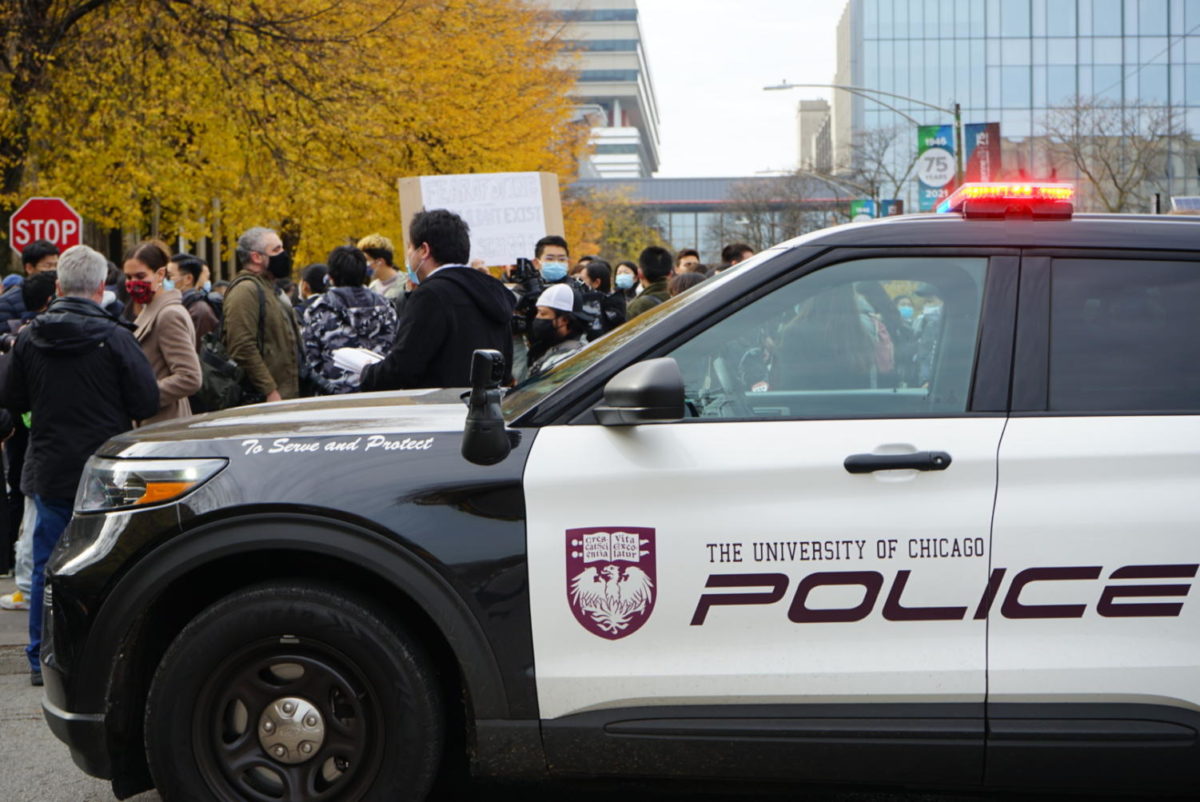On Valentines Day, around 11:30 a.m., a student was robbed at gunpoint while walking down Ellis Avenue between 61st and 62nd Streets. A month earlier, on January 14, two students were robbed at gunpoint around 1 p.m. while walking on Woodlawn Avenue between 54th and 55th Streets. Despite the striking similarity of the events, only the first of these crimes triggered a security alert from Marlon Lynch, Vice President of Safety and Security.
According to the Office of Civic Engagement, security alerts are “designed to change and impact behavior in order to…reduce the risk of becoming a victim of a crime.” But as the cases cited above show, there is no guarantee that crimes against students or in areas frequented by students will result in alerts. The current protocol for issuing alerts leaves open the possibility that students won’t hear about crimes when they need to, or that the alerts won’t give enough information for students to respond appropriately.
Even though the University of Chicago Police Department (UCPD) patrol boundaries extend from 39th Street to 64th Street, Bob Mason, UCPD spokesperson, has told the Maroon that the department generally doesn’t issue security alerts for crimes that occur off campus. But the reality is that most students live off campus, in places dispersed throughout Hyde Park. Crimes occurring in these off-campus areas are no less relevant to students than those that occur on-campus, and to exempt them from the security alerts compromises the program’s goal of protecting students by keeping them informed.
To that end, the UCPD should expand the portion of Hyde Park eligible for security alerts to include all areas heavily trafficked by University members, but that’s not the only expansion needed. Within the reports, more information should be included on the context in which the crimes took place. If there is a string of robberies, tell us what’s being stolen and how the criminals are breaking in. If there’s a rash of muggings, tell us where they’re concentrated and what time of day most have occurred. And if the crime is the first of its kind in a long time, that should be mentioned as well, in order to avoid overreactions and unnecessary panic. Details on a single incident are appreciated, but it’s the broader picture that will help students adjust their routines and behavior in order to avoid future incidents.
Students are best prepared when they have access to the most information. As it stands, crimes that students should know about are too often overlooked or exempted by the safety alert program, and those alerts that do go out don’t contain sufficient detail for students to understand the crimes, make meaningful changes, and protect themselves. By slightly altering their protocol for issuing and writing alerts, the Department of Safety and Security can substantially aid students’ efforts to make informed decisions about their own safety.
The Editorial Board consists of the Editor-in-Chief, Editor-in-Chief-Elect, and the Viewpoints Editors.








